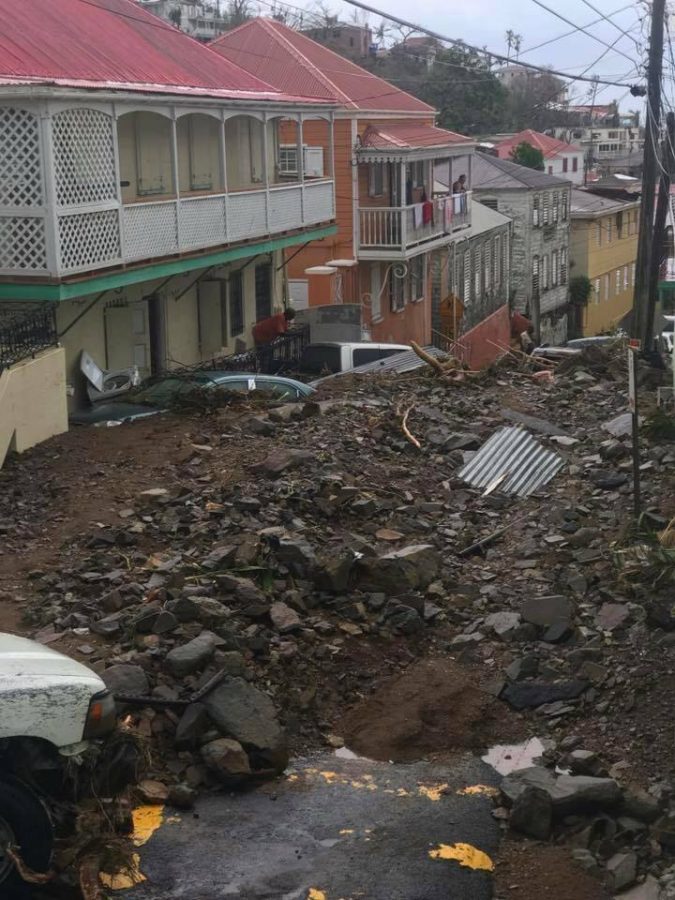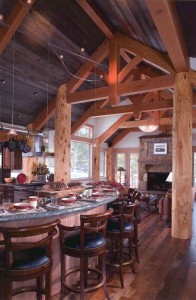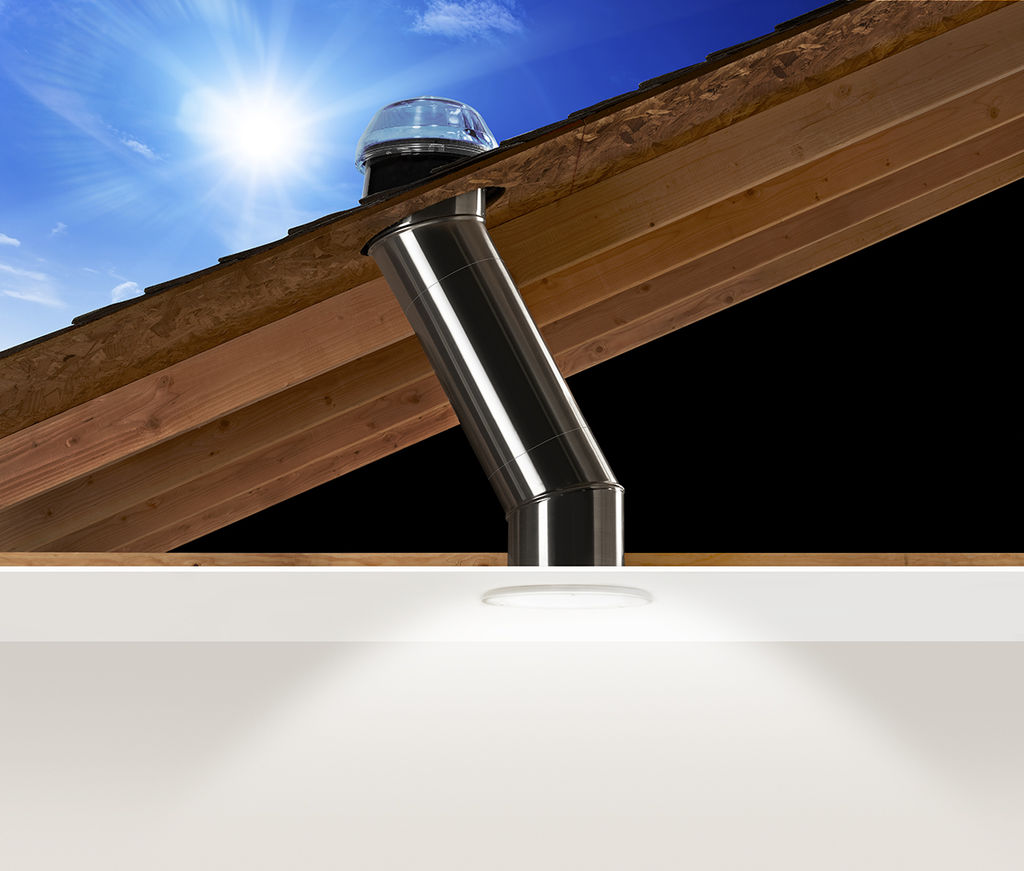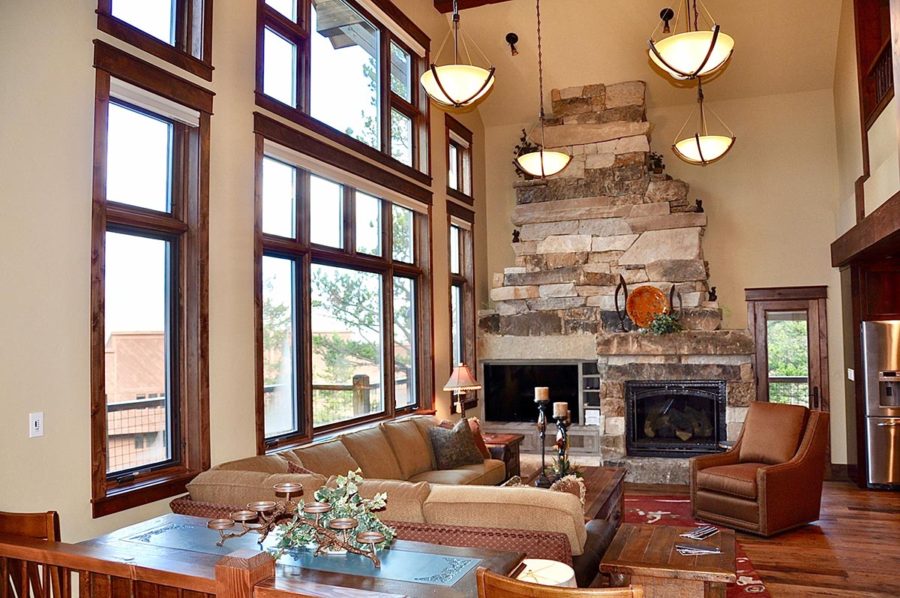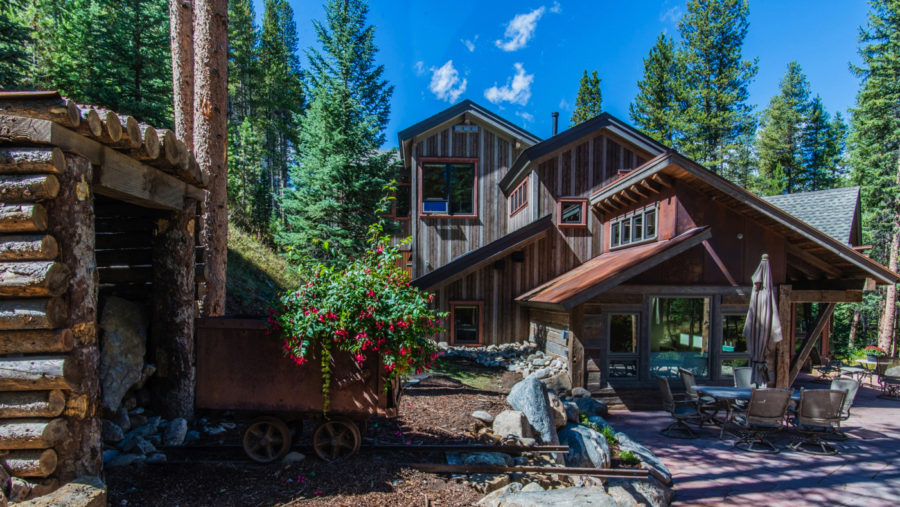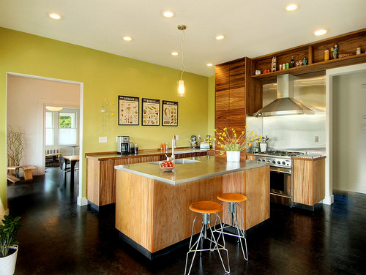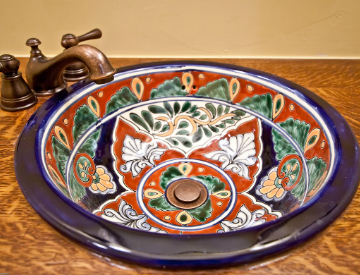
We didn’t think that we would be here again so soon after Harvey….talking about another catastrophic hurricane that is affecting millions in the United States and the Caribbean. The islands of Barbuda, the United States Virgin Islands, Cuba and the British Virgin Islands were hit with a frightening Category 5 during Irma and the desire to help is just as strong as how we felt a few weeks after Harvey.
There are strong Trilogy ties to the Caribbean, particularly the Virgin Islands and Haiti. In addition to the great non-profits that we listed on our blog a couple weeks back, we wanted to share words, photos and rescue group resources that come directly from an islander. We hope you find inspiration and empathy with these words from Virgin Islander Andrea Durham Niermeier.


Photos from Andrea Durham Niermeier
You can find the original post from Andrea here: https://www.facebook.com/andrea.niermeier/posts/10159181797925580
“I need your help. Read for a moment and IMAGINE. Imagine knowing that a huge storm is coming but not being able to the get the supplies you need: you can’t just get in your car and keep driving until you find it. IMAGINE wanting to get off the island before the storm but you can’t. There are only so many seats on a plane, and you don’t have the $3000 a ticket to get one of them. IMAGINE being huddled with your family in complete darkness in a small corner of your house for hours with water pooling around you and the roof disappearing above you. Hear the deafening sound of the wind: ears popping and the banging and clanging of debris—your belongings—being tossed around. Imagine the first thought upon seeing the devastation around you being, “Thank God. We made it. We are alive” because for many moments you just weren’t sure.
Now IMAGINE a world with no power: no refrigerator, no air conditioning, no running water. Imagine this for MONTHS. IMAGINE no escape from mosquitoes. IMAGINE being 37 weeks pregnant or having a son with a serious medical condition and hearing that the hospital has been destroyed. IMAGINE that after 72 hours you still can’t get past your street because it is too blocked by debris: that the only aid has been if you can somehow make it many miles to pick up a few meals and some bottled water. IMAGINE thinking that no one is coming for you. IMAGINE the desperation this breeds and the wrong turns this can take. IMAGINE being largely ignored by media because you are yesterday’s news. This is happening NOW in the U.S. in the Virgin Islands. These are the stories of my friends.
I vouch for each of these initiatives as I personally know the persons involved or fully trust the organization. These are islanders who personally know the needs of islanders helping islanders.
1. The Community Foundation of the Virgin Islands (CFVI) has been around for 25 years and has started The FUND FOR THE VIRGIN ISLANDS to provide monies for critical needs in the Virgin Islands. Note that 100% of the proceeds go directly to the cause with no fees being charged. More info here: Community Foundation of the Virgin Islands
2. This GoFund Me was created by two bad-ass business women of the Virgin Islands. I know Sarah personally, and she is one of the most charitable women I know. She has always done so much for the island. Their efforts have already brought at least one load of supplies to the island. Go Fund Me Irma Relief Fund
3. This Adopt-a-Family was created by another group of awesome women. Pam is organized and gets shit done. You can lift up an island family in their time of need by putting items directly in the hands of that family once the post office is up and running. More info here: Adopt-a-Family
4. Do you like basketball? VI native Tim Duncan wants you to help him raise funds for the VI here: Tim Duncan VI Relief Letter and fund that he started with a $250,000 and will match up to $1 million
5. Do you like country music? Part-time VI resident Kenny Chesney asks for your help here: Kenny Chesney’s fundraiser for USVI
If you have $5 to spare, please help by donating to an organization that speaks to your heart. If you don’t have $5, please share this post.
In addition to contributing to some of these efforts, I’m personally working on something that will address the future of the Virgin Islands: the children. My hope is to put together trauma bags for children and families so that they can process what they’re experiencing in the days, weeks, and months ahead in the healthiest way possible. These will include items popular in play therapy as well as information for families. If you think you may have some resource or connections to help, please message me. More details soon…..
Finally, leave a message on this post when you donate. Let’s show the VI #wegotyou #VIstrong.”
